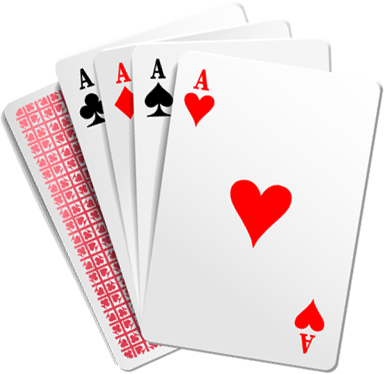
Table position is crucial when playing no-limit hold ’em poker. Playing in position refers to being the last player to take action in each betting round. You get to see everyone’s activity on the table. It provides you with critical information on how you will play different hands. However, it is the complete opposite when playing out of position since you get to act before everyone else. In a perfect scenario, we’d want to avoid playing out of position entirely, but that’s not always possible. It’s doubtful that would be a winning strategy if you folded every time you were out of position; aggressive players will exploit you. Below is some tips for you on how to play when you are out of position.
1. Avoid Playing a Wide Range of Hands
Speculative hands are the simplest to execute in early, middle, or late positions. When playing out of position, you would have to tighten up your selection of hands to avoid getting into difficult post-flop situations. Although there is some value in trying to balance your game by playing weak hands in a late position in some instances, in the long run, you will lose a lot of money.
2. Reduce the frequency of continuation betting.
Another prevalent out-of-position leak is aggressive continuation betting, especially when they are the preflop raiser. Several players employ the same c-betting technique, whether in or out of position. While 65 percent continuation betting is encouraged when in position, it is not always the case when out of position. Betting with aggression out of position is simple to exploit and may make us an easy target for strong opponents. Skilled poker players make continuation bets on between 30 and 35 percent of flops. The Big Blind is where skilled No-Limit Hold ’em poker players call the widest. In this scenario, the tightening-up should take place post-flop. Therefore, we will fold to continuation bets more frequently while out of position than in position.
3. Premium Hands are Played Differently
Whatever way you look at it, a big hand is a big hand. Big pocket pairs, Ace-King, Ace-Queen, and others are examples of holdings that might fall into this category. It would be best if you weren’t folding these hands, whether you were the last or the first to act. Given everything, it’s reasonable to assume that you should somewhat modify your approach. You will be going in for a raise. However, a raise in an early position differs from a raise in a late position. Raising premium hands in a late position means you already know which opponent you are isolating and have complete control of the hand. The most straightforward action is to raise your bet size to counter this deficit when you are out of position. Bigger bets will narrow down the competition. You don’t want all the players to fold, but you also don’t want several callers. The significant problems with these cards will emerge on the flop. It is not hard to make a bigger bet to thin down the field, although it will be tough to stay deceitful if you make enormous bets on every street. You’ll need to think of creative ways to be sneaky in your approach while still ensuring you’re getting the most out of your strong hands. It can change based on the hand you’re playing and different scenarios.
4. Mastering fundamental techniques for cold-calling
The term “cold call” refers to calling a raise after a bet and one or more raises. When players cold call, they call the initial wager and the raise. This strategy will require some practice to master, but it is worth a try. Conversely, we must master which hands to check-raise, check-call, and check-fold. Generally, it’s seldom wise to fold any pair, draw, or good backdoor draw on the flop, even if you’re out of position. For value, we should check/raise flops with two pairs or better, as well as a variety of solid semi-bluffs. Pairs and other mid-strength hands would usually call the flop to check on the turn. Weak second pairs, although not all of them, must be protected while facing a turn barrel.
5. Grasp the Effect of Stack-To-Pot Ratios (SPRs) and Stack Depth.
SPR is calculated by dividing the effective stack size by the size of the pot on the flop. Learning some fundamental facts regarding poker position strategy may go a long way toward assisting us in developing the optimal preflop plan.
Important facts to note:
Players with position have an advantage when it comes to deep stacks and high stack-to-pot ratios because: When faced with a 3 bet preflop, we might be more likely to 4bet than flat when we are out of position and significantly more apt to flat call when we are in position. It does not mean we must play more hands when out of position, but rather that a vast proportion of the holdings we defend will be 4bets. The explanation is straightforward: when we flat-call a 3bet, we play with a larger SPR, favoring the opponent’s position. In other words, we often flat 3bet when in the position since it lets us maximize our positional edge.
Conclusion
Playing out of position, we would like to 4bet more often since it reduces our opponent’s positional advantage by lowering the SPR. One of the problematic aspects of No-Limit Hold ’em is playing out of position. Before we can even perfect the out-of-position strategy, we must put in a fair amount of time to study. Do not hesitate to contact us if you have any questions ! https://t.me/asiapokerunited
Ready to take a seat at the table? Put these Hold’em tips into practice at Asia Poker United now. We provide all the best deals on X-Poker, PokerBros, GGPoker, UPoker, Natural 8 and many more.

